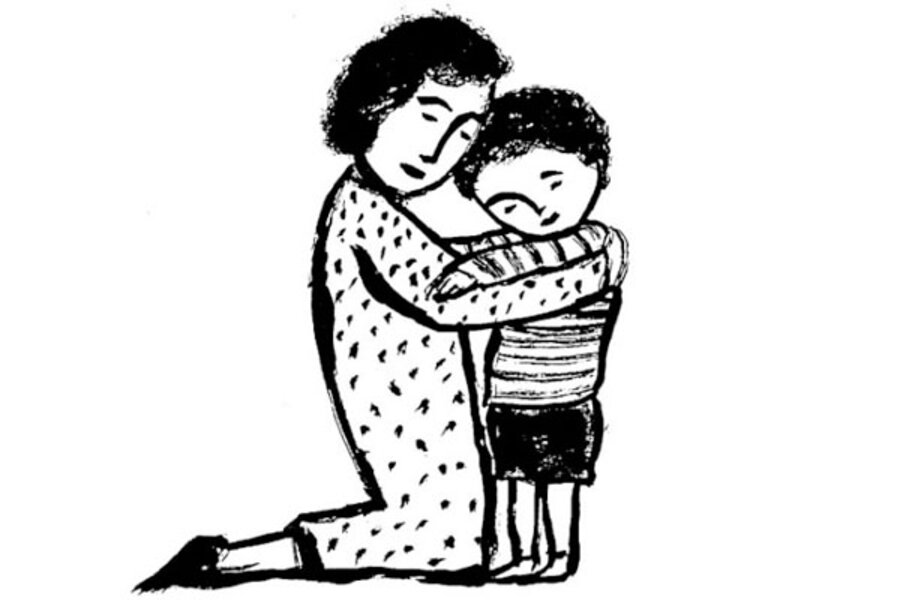5 tips for talking with children about violence
Loading...
Much has already been written about last week’s heartbreaking elementary school killings in Newtown, Conn. But rather than add to the words now, at a time when it seems that space for peace and personal reflection is perhaps most appropriate, we thought we would simply share a few of the resources we’ve found online for those who are struggling.
1. The American Academy of Pediatrics has assembled on its website a series of tip sheets for parents and teachers, students and schools. These include everything from talking with your teen about violence to tips for school administrators to identify mental health risks. It also has links to a number of policy statements.
2. The National Association of School Psychologists have also compiled resources for talking with children about the shootings, and about violence in general. Its documents emphasize reassuring children that they are safe, making time to talk with children and keeping explanations developmentally appropriate.
3. Although many experts recommend that parents turn off the television and try to shield their children from the non-stop news about the shootings, it’s nearly impossible in the Internet era to create a media-free bubble. Common Sense Media has information about how to help children put news in perspective, with tips specific for various age groups. “No matter how old your kid is, threatening or upsetting news can affect them emotionally,” their website explains. See more advice here: http://www.commonsensemedia.org/advice-for-parents/explaining-news-our-kids
4. Sesame Street has a fantastic and practical pamphlet for talking to young children about emergencies. Much of the advice – from taking care of oneself to inspiring a sense of hope in children – is applicable in the aftermath of Friday’s shootings. Here is a link to the pdf: http://www.sesameworkshop.org/assets/1192/src/HereForEachOther_vEng2012Modified.pdf
5. The American Psychological Association has information on “helping your children manage distress in the aftermath of a shooting.” Here is the link: http://www.apa.org/helpcenter/aftermath.aspx






